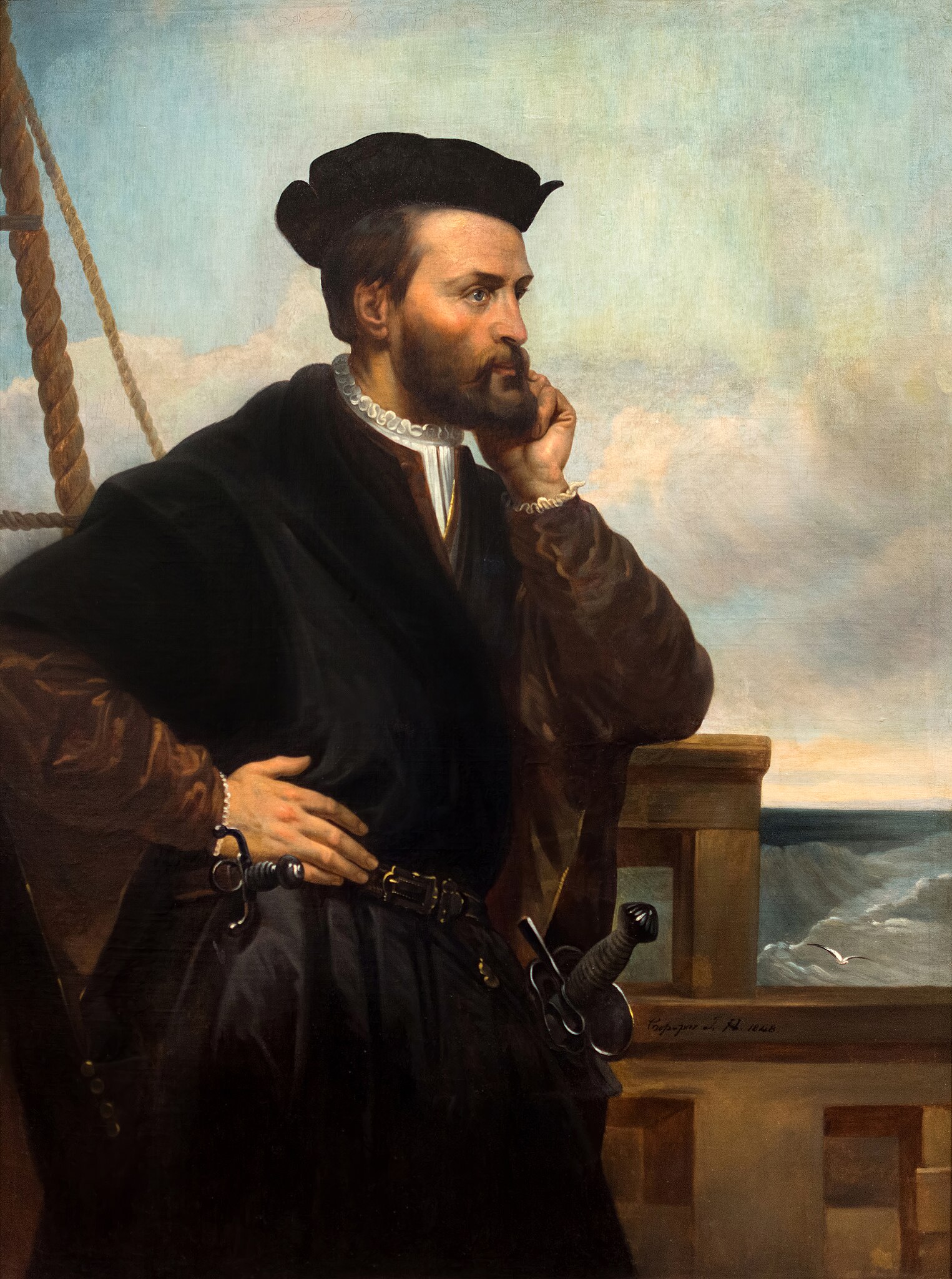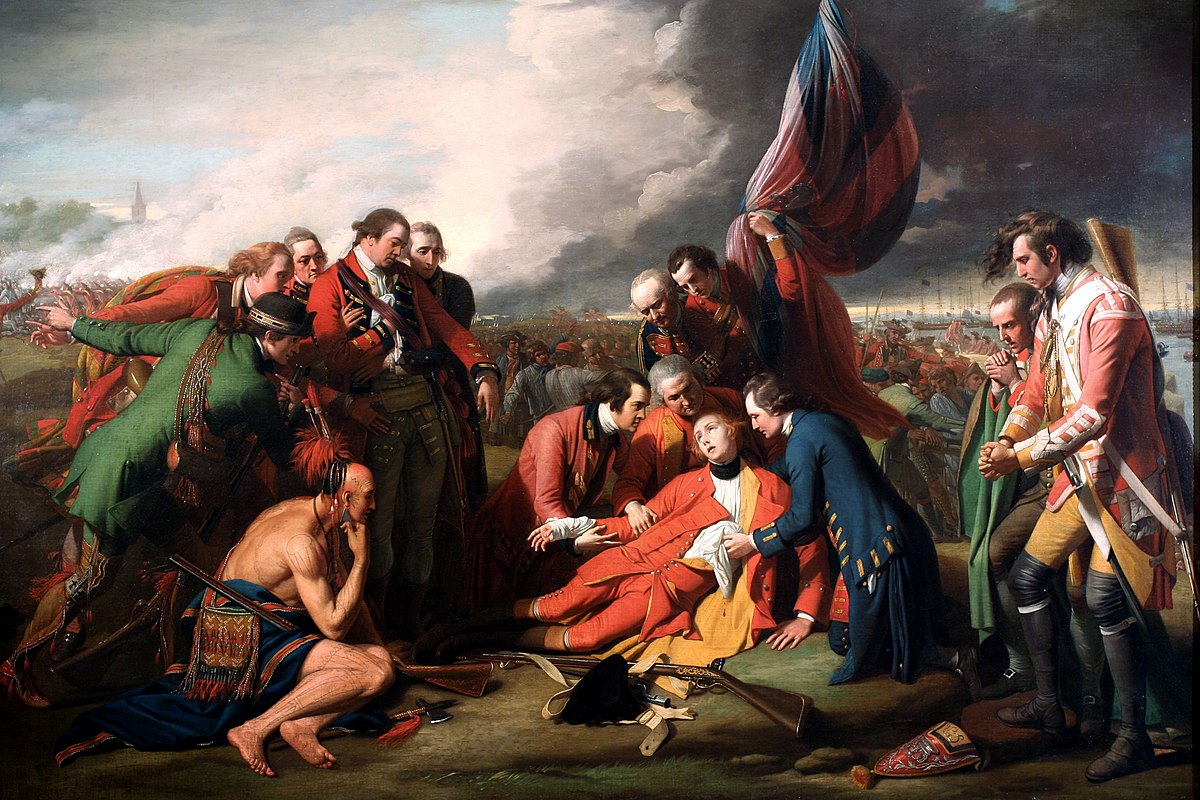10/30 for French IA on Canada, the Ottoman Empire, and France.
1/39
Earn XP
Description and Tags
Canada is the second largest country in the world, after Russia. It is made up of 10 provinces and three territories. Parts of the Yukon have been inhabited for 10,000 to 15,000 years. In 1001 AD, Lief Ericsson, a Viking, explored the coasts of Labrador, Newfoundland, and Nova Scotia on the eastern seaboard. During the 15th and 16th centuries, the Europeans started looking for a western route to China and India because the Ottoman Turks had blocked the overland route through their capture of Constantinople. François I, a very powerful French king of that time, financed Giovanni da Verrazano to explore the east coast of North America. Then, Jacques Cartier was commissioned to explore the New World and in 1534 took possession of what is now Canada for the king of France. The next year, he sailed up the Saint Lawrence River to an island called Hochelaga. He called it Montréal (Royal Mountain). The name "Québec" comes from the Algoquine word for "where the river narrows." The British crown was interested in what was now being called New France. New France was a vast territory with a very small population. As the British navy grew more powerful, it became harder and harder to protect New France against their advances. On September 13, 1759, there was a battle between the British and the French on the Plains of Abraham. Québec fell to the British.
Name | Mastery | Learn | Test | Matching | Spaced |
|---|
No study sessions yet.
40 Terms
Canada
Second-largest country in the world by area (after Russia); located in North America and made up of 10 provinces and three territories.
Russia
Largest country in the world by area.
Provinces (Canada)
The 10 primary subnational divisions of Canada with provincial governments.
Territories (Canada)
The three northern subnational divisions of Canada with territorial governments.
Yukon
A territory in northwest Canada; parts have been inhabited for roughly 10,000–15,000 years.
(10,000–15,000 years)
Approximate time span people have inhabited parts of the Yukon.
Leif Eriksson
A Norse (Viking) explorer who around 1001 AD explored parts of northeastern North America (Labrador, Newfoundland, Nova Scotia).
Viking
Norse seafarers, traders, and explorers from Scandinavia active roughly during the 8th–11th centuries.
Labrador
Region on the eastern coast of Canada explored by Norse and later Europeans.
Newfoundland
Island and province off Canada’s east coast; visited by Norse explorers and later European settlers.
Nova Scotia
Province on Canada’s eastern seaboard; part of the areas explored and settled by Europeans.
Eastern seaboard
The eastern coastline of North America along the Atlantic Ocean.
15th century
The years 1401–1500; part of the era when Europeans began searching for new sea routes to Asia.
16th century
The years 1501–1600; continued age of European exploration of the Americas.
Western route to China and India
The hoped-for sea route west from Europe across the Atlantic to reach Asia, sought to avoid overland routes.
Ottoman Turks
Rulers of the Ottoman Empire, who controlled Constantinople and much of trade routes between Europe and Asia in the 15th–16th centuries.
Overland route (to Asia)
Traditional land trade routes (e.g., parts of the Silk Road) connecting Europe and Asia that were disrupted after Constantinople fell.
Constantinople
Major city (capital of the Byzantine Empire) captured by the Ottoman Turks in 1453; later known as Istanbul.
François I
King of France in the early 1500s who financed exploratory voyages (a powerful French monarch of that time).
Giovanni da Verrazzano
Italian explorer financed by France (François I) to explore the east coast of North America.
East coast of North America
The Atlantic-facing coastline explored by European navigators like Verrazzano and Cartier.
Jacques Cartier

French explorer commissioned to explore the New World; in 1534 he claimed parts of what is now Canada for France.
New World
Term used by Europeans for the Americas (North and South America) after contact by Europeans.
1534
Year Jacques Cartier took possession of parts of modern Canada for the king of France.
Took possession of what is now Canada for the king of France
Cartier’s 1534 claim on behalf of France establishing French territorial claims in North America.
Saint Lawrence River
Major river in eastern Canada that Jacques Cartier sailed up during his explorations.
Hochelaga
Indigenous village/island site visited by Jacques Cartier on the Saint Lawrence River; later became the site of Montréal.
Montréal
City founded at the site Cartier called Hochelaga; name derived from Mont Royal and often rendered as “Royal Mountain.”
“Royal Mountain”
Literal sense of Mont Royal, the origin of the name Montréal.
Québec
Name of the city/province; derived from an Algonquin/Algonquian word meaning “where the river narrows.”
Algonquin (Algonquian)
Indigenous language family/peoples of northeastern North America whose word gave rise to “Québec.”
British crown
The monarchy and government of Britain that became interested in controlling New France.
New France
The French colonial territory in North America, large in land area but small in European population.
Small population (New France)
Characteristic of New France — vast territory with relatively few European settlers compared to British colonies.
British navy
The maritime military force of Britain; its growing power made defending New France harder for France.
Plains of Abraham
A plateau outside Québec City where the decisive battle between British and French forces occurred on September 13, 1759.
September 13, 1759
Date of the Battle of the Plains of Abraham between British and French forces.
Battle between British and French on the Plains of Abraham

The 1759 battle near Québec City that led to British victory over New France.
Québec fell to the British
Result of the 1759 battle: British forces captured Québec, weakening French control in Canada.
British advances
Britain’s military and colonial expansion during the 18th century that threatened French territories.